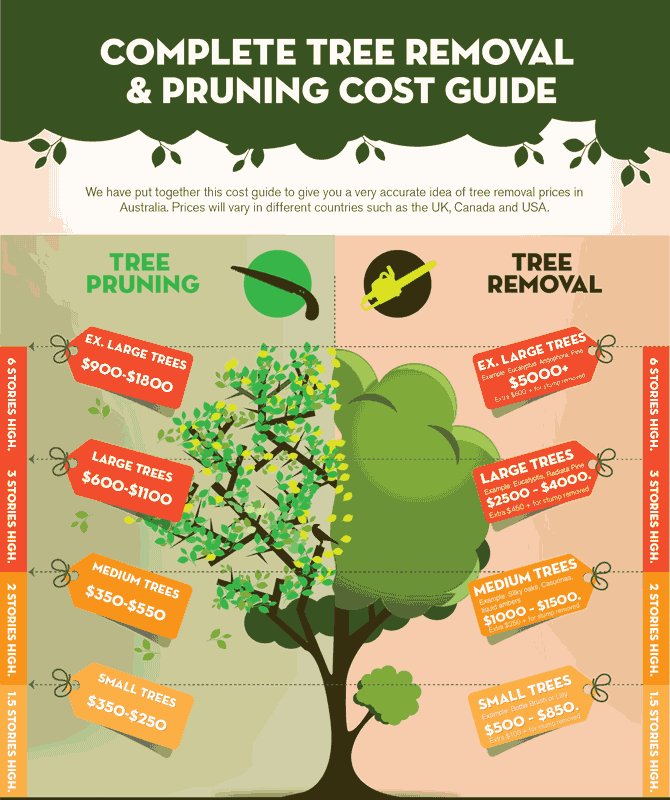Establishing The Right Time For Tree Removal - An Overview For Homeowners
Establishing The Right Time For Tree Removal - An Overview For Homeowners
Blog Article
Short Article Created By-Siegel Halsey
Trees add charm and worth to property, but they can also present a danger during severe weather occasions. If mikes garden services has stopped growing, is showing noticeable fungal growth, or has a leaning trunk, it should be gotten rid of by a specialist to avoid residential or commercial property damage and injury.
To read more, attend a home owner resource reasonable co-hosted by HPD, the Facility for New York City Neighborhoods, and Brooklyn-based housing partners this night in Bedford-Stuyvesant. The occasion will feature the Property owner Handbook, a brand-new overview to assist homeowners browse the duties of possessing a home.
1. Dead or Dying Branches
Trees are an important part of your home's landscape, supplying shade and elegance. They also provide shelter for wildlife and create oxygen, but also healthy trees can experience illness that may necessitate their elimination. Dead or passing away trees aren't just unsightly, they can be unsafe. Their branches can fall throughout a tornado, causing costly residential property damages and injuries.
When a tree's branches start to pass away, it indicates that its framework is beginning to break down. If most of its branches are dead, it is likely time to remove it.
Search for a lack of new development, bark peeling, open wounds or dental caries, fungi growing on the trunk or roots and a general appearance of degeneration in the whole canopy. These indications of infection can indicate a severe trouble that will need expert tree services to settle.
2. Leaning Trunk
While it's regular for trees to lean every now and then due to phototropism, if a tree has an unsafe or extreme lean that's not as a result of natural processes - maybe an indication that the tree requires to be removed. If the tree is leaning toward a power line, home, automobile, play structure or any other location that could be dangerous to people if it falls, then speaking to a specialist tree solution for removal need to be a top concern.
It's additionally essential to watch for any sudden changes in a tree's leaning as it can indicate damage to the origins or trunk that might result in falling. This is specifically true during stormy weather, because high winds and rain-soaked dirt can trigger a lean to transform rapidly. Routine surveillance, specifically during and after storms can aid house owners identify prospective troubles with their trees so they can call an arborist for a comprehensive examination.
3. Recommended Studying , such as wood-boring pests like emerald ash borer or sap-suckers like scale bugs, are so extreme that they can cause a tree to pass away. The most effective way to stop pest problem is to monitor your trees often. Try to find places, holes, or discolorations in the fallen leaves and bark. Take a look at the trunk for splits and indicators of insect damages, such as passages or tracks.
If a tree becomes as well infested with parasites, or is close to a home or power lines, an arborist may suggest removal. If a leaning tree develops a new, unstable lean, an arborist will likely recommend elimination too to guarantee the safety of individuals and building. If a weakened or dead tree continuously drops too much branches, it is a sign that it is time to get rid of the tree. If a tree remains to shed branches for an extended time period, it can cause architectural issues and prospective home damage.
4. Damaged Trunk
Trees are a gorgeous and integral part of our landscape, but they do call for routine like maintain them healthy and safe. If a tree is harmed beyond repair it is most likely time for it to find down.
Seek indications of damages to the trunk, consisting of upright cracks, joints, dead branch stubs, noticeable injuries or open dental caries and extreme tree-rot. The visibility of fungis at the base of the trunk is another advising indicator. Fungis may show that the phloem and xylem (life-support cells) are jeopardized, permitting the spread of condition or a future failing.
Additionally, take into consideration whether the tree has stopped expanding. Healthy trees will have new growth each year, which might show up as buds or branches growing and prolonging. If you do not see any kind of brand-new development, it's a great concept to have an arborist evaluate the tree and follow their recommendation for removal. A passing away or harmed tree can drop and trigger home damage.